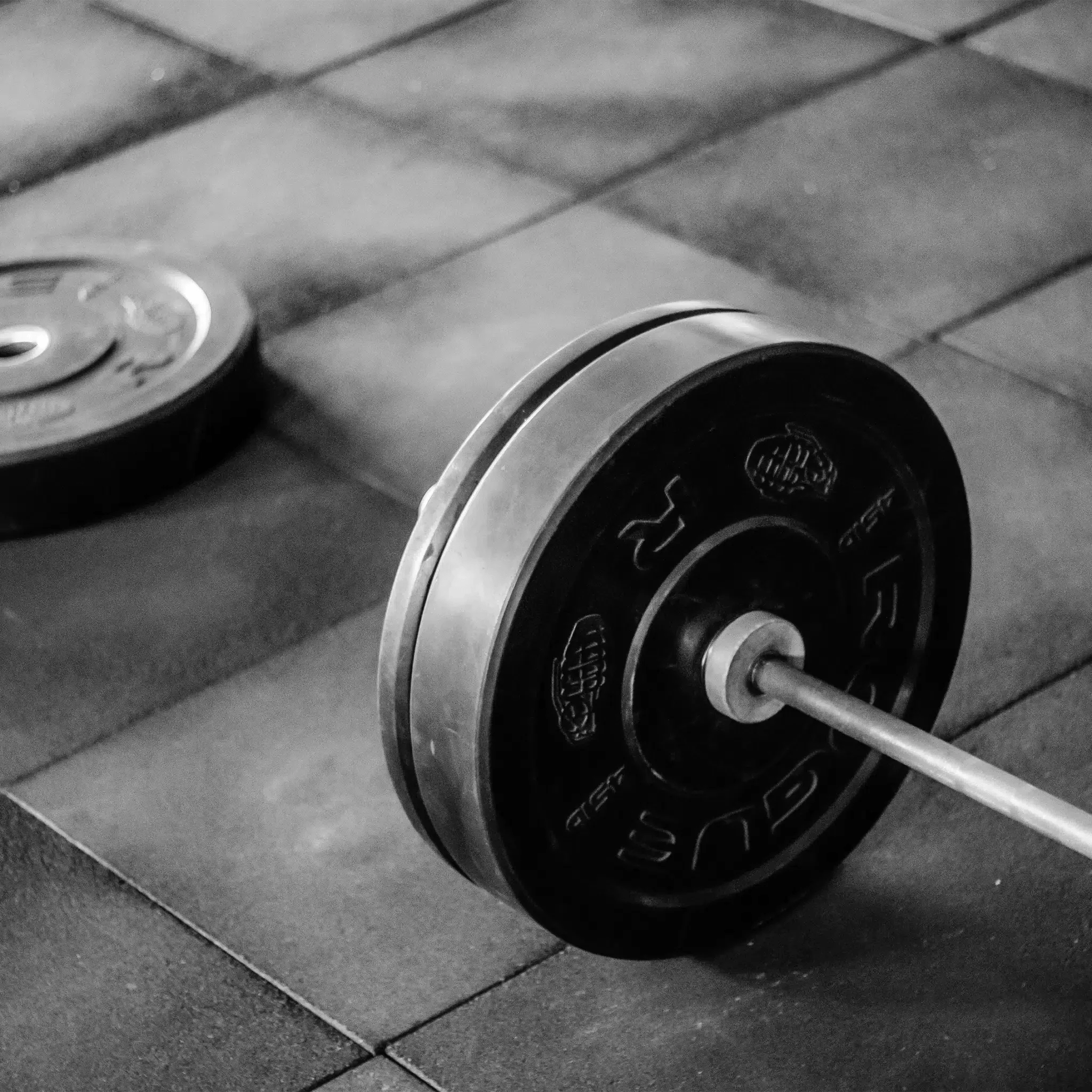Yoga Und Krafttraining ist vielleicht nicht die naheliegendste Kombination, aber die beiden können sich perfekt ergänzen! Während Sie beim Yoga geschmeidig und flexibel werden, sich erholen und ausruhen, ist es beim Krafttraining genau umgekehrt. Trainieren Sie hart und machen Sie weiter, bis Sie nicht mehr können. Lassen Sie diese Kombination Nun, genau das ist so gut, denn beides ist für deine Muskeln und deine Leistungsfähigkeit sehr wichtig.
Warum ist die Kombination aus beidem so gut?
Yoga hat eine Reihe von positive Einflüsse auf deinen Körper und lass genau die Einflüsse wirken, die dein Körper nach einem schweren Krafttraining braucht:
- 1. Flexibilität fördern
- 2. Aufbau der Ausdauer der Muskelfasern
- 3. Training für Körper, Geist und Seele
- 4. Muskelregeneration
Was sind die Vorteile von Yoga?
Es gibt viele verschiedene Arten von Yoga und sie können alle leicht unterschiedliche Zwecke verfolgen. Untersuchungen von SportCity haben ergeben, dass dies die häufigsten Punkte der Vorteile des Yoga sind:
- Steigern Sie Ihre Flexibilität
- Stärkt Ihre Muskeln
- Verbessert Ihre Körperhaltung
- Stärkt Ihre Knochen
- Senkt Ihren Blutdruck
- Hilft Ihnen, sich zu entspannen
- Verbessert die Durchblutung
- Verbessert Ihre Sauerstoffaufnahme
- Stärkt Ihren Rücken
- Sie bekommen mehr Energie
Was sind die Vorteile von Krafttraining?
Aber was sind dann die Vorteile des Krafttrainings? Freshhh hat diese untersucht und das sind sie:
- Durch Krafttraining werden Sie stärker und bauen Muskeln auf.
- Krafttraining hilft, Ihren Blutdruck zu senken.
- Es stärkt Ihre Knochen und verringert das Risiko verschiedener Erkrankungen im späteren Leben.
- Krafttraining eignet sich optimal zum Abnehmen. Durch den Aufbau von Muskelgewebe baust du schneller Fett ab, denn Muskeln verbrennen im Ruhezustand mehr Kalorien als Fettgewebe.
- Durch Krafttraining fühlen Sie sich oft gesünder und energiegeladener.
- Es stärkt Ihr Selbstbewusstsein.
Kann Yoga bei Muskelschmerzen helfen?
Muskelschmerzen sind etwas, das mit Krafttraining einhergeht, aber angenehm ist anders. Sie erleben dies möglicherweise erst ein oder zwei Tage nach dem Training, weshalb Yoga das ist Lösung ! Es trägt zum Erholungsprozess bei und sorgt für Entspannung in Ihrem Körper. Da Yoga eine leichtere Form der Übung ist und sich daher kurz nach einer Krafttrainingseinheit eignet, wird es dafür sorgen, dass Sie weniger anfällig für Verletzungen sind.
Ein weiteres Problem, gegen das Yoga helfen kann, ist Übersäuerung. Da viele Sportler beim Training falsch atmen, bekommen die Muskeln nicht die Menge an Sauerstoff, die sie eigentlich brauchen, und es besteht die Gefahr einer schnelleren Übersäuerung. Da Sie beim Yoga lernen, Ihre Atmung besser zu kontrollieren und sie so effektiv wie möglich einzusetzen, besteht weniger Übersäuerungsgefahr, wenn Sie diese Techniken während eines Krafttrainings anwenden. Denn Ihre Muskeln bekommen genügend Sauerstoff. Dies wirkt sich letztendlich auch positiv auf Ihre Leistung aus.
Flexibilität und Kraft
Während Krafttraining gerade gut ist, um mehr Muskeln aufzubauen, ist Yoga gut, um Ihre natürliche Kraft aufzubauen. Aber wenn Sie gerade durch dieses Krafttraining mehr Muskelkraft haben, sorgt das dafür, dass Sie die Yoga-Übungen besser ausführen können. Yoga in Kombination mit Krafttraining ist der ultimative Weg, um sowohl flexibel als auch fit zu werden. Ganz zu schweigen von der flink sind, wird auch dies viel schneller gehen!
Mentale Vorbereitung auf hartes Krafttraining
Weil Yoga Ihnen ermöglicht, Stress und Müdigkeit zu bekämpfen und wirklich zu lernen, auf Ihren Körper zu hören, wird Ihnen das nützlich sein, wenn Sie eine harte Krafttrainingseinheit vor sich haben. Sie können sich besser konzentrieren auf vorbereiten durch die Ruhe, die Yoga dir wieder schenkt.
Integrieren Sie Yoga in Ihren Trainingsplan
Schon wenn Sie so viel wie 2 Stunden Das Hinzufügen von Yoga zu Ihrem Krafttraining während der Woche kann positive Auswirkungen haben. Als Krafttrainer trainieren Sie oft nach Gefühl, was bedeutet, dass einer Muskelgruppe möglicherweise nicht so viel Aufmerksamkeit geschenkt wird wie einer anderen. Aus diesem Grund können Sie schneller Beschwerden verspüren , zum Beispiel im Rücken, den Schultern oder den Beinen. Gerade beim Yoga trainiert man den ganzen Körper und es wird viel auf die Körperhaltung geachtet.
Welche Yoga-Arten lassen sich gut mit Krafttraining kombinieren?
Es gibt zwei Arten von Yoga, die sich gut zum Krafttraining eignen, nämlich Power- und Hatha-Yoga :
- Power Yoga: Dieser Yogastil ist im Allgemeinen recht anspruchsvoll, die Stellungen werden nacheinander ausgeführt und die Übungen sind körperlich anstrengender. Er bietet jedoch Entspannung, Muskeltraining und konzentriert sich auf Dehnung.
- Hatha Yoga: Bei dieser Art des Yoga trainieren Sie Ihren gesamten Körper und konzentrieren sich auf kontrollierte Atmung, Flexibilität, Kraft und Entspannung
Yoga und Krafttraining werden oft als zwei verschiedene Trainingsformen angesehen, die jeweils ein anderes körperliches Ziel verfolgen. Wenn Sie Yoga jedoch in Ihr Krafttrainingsprogramm integrieren, können Sie tatsächlich noch bessere Ergebnisse erzielen.
Warum ist die Kombination von Yoga und Krafttraining für meinen Fitnessweg vorteilhaft?
- Antwort: Die Kombination ist immens vorteilhaft, da Yoga sich auf Flexibilität, Ausdauer, geistiges Wohlbefinden und Muskelregeneration konzentriert, während Krafttraining auf Muskelaufbau, Kraft und Steigerung des Selbstwertgefühls abzielt. Zusammen sorgen sie für ein ausgewogenes körperliches und geistiges Training und sorgen für allgemeines Wohlbefinden.
Wie trägt Yoga zu Flexibilität und Ausdauer bei?
- Antwort: Yoga umfasst eine Vielzahl von Posen und Dehnungen, die unterschiedliche Muskelgruppen trainieren und die Flexibilität fördern. Die Praxis umfasst auch das Halten von Posen über längere Zeiträume, wodurch die Ausdauer der Muskelfasern aufgebaut wird, was für die allgemeine Muskelkraft und -gesundheit wichtig ist.
Welche konkreten Vorteile bietet mir die Ausübung von Yoga?
- Antwort: Yoga erhöht nicht nur die Flexibilität, sondern stärkt auch die Muskeln, verbessert die Haltung, die Knochengesundheit, den Blutdruck und die Entspannung. Es fördert die Durchblutung und die Sauerstoffaufnahme, stärkt den Rücken, steigert das Energieniveau und trägt zum geistigen Wohlbefinden bei.
Wie kann Krafttraining meine Yoga-Praxis ergänzen?
- Antwort: Beim Krafttraining geht es darum, Muskelmasse und Kraft aufzubauen. Dadurch können Sie Ihre natürliche Kraft steigern und Yoga-Posen effektiver ausführen. Außerdem steigert es Ihre Energie, Ihr Selbstvertrauen und Ihre allgemeine Gesundheit und fördert einen ausgeglichenen Lebensstil.
Kann Yoga Muskelschmerzen lindern, die durch intensives Krafttraining entstehen?
- Antwort: Absolut. Yoga unterstützt den Muskelregenerationsprozess und bietet Entspannungs- und Dehnübungen, die Muskelkater lindern. Die richtigen Atemtechniken, die man beim Yoga lernt, verhindern zudem eine schnelle Muskelübersäuerung und verringern so das Risiko von Schmerzen und Verletzungen.
Wie steigert die Kombination aus der Flexibilität des Yoga und der Kraft des Krafttrainings die sportliche Leistung?
- Antwort: Yoga steigert die Flexibilität und natürliche Kraft, verbessert den Bewegungsradius und reduziert das Verletzungsrisiko. In Kombination mit der Muskelmasse und Kraft, die durch Krafttraining gewonnen wird, erfahren Sportler eine verbesserte Leistung, Beweglichkeit und Ausdauer.
Wie kann mich Yoga mental auf intensive Krafttrainingseinheiten vorbereiten?
- Antwort: Yoga-Übungen beinhalten Meditation und Atemübungen, die Stress und Müdigkeit bekämpfen und geistige Klarheit und Konzentration fördern. Diese mentale Vorbereitung ist wichtig, um anspruchsvolle Krafttrainingseinheiten zu bewältigen und Konzentration und Leistung zu verbessern.
Wie kann ich Yoga effektiv in meinen Krafttrainingsplan integrieren?
- Antwort: Schon zwei Stunden Yoga pro Woche können einen großen Unterschied machen. Yoga sorgt dafür, dass alle Muskelgruppen trainiert werden, und beugt Ungleichgewichten und Beschwerden vor, die durch gezieltes Krafttraining entstehen können.
Welche Yoga-Arten sind am besten mit Krafttraining vereinbar?
- Antwort: Power Yoga und Hatha Yoga sind sehr zu empfehlen. Power Yoga ist intensiv und ergänzt die körperlichen Anforderungen des Krafttrainings, während Hatha Yoga einen ausgewogenen Ansatz für Flexibilität, Kraft, Atmung und Entspannung bietet.
Wie verbessert die Kombination von Yoga und Krafttraining das allgemeine Wohlbefinden?
- Antwort: Die Kombination gewährleistet einen ganzheitlichen Fitnessansatz mit Schwerpunkt auf körperlicher Stärke, Flexibilität, geistigem Wohlbefinden und Muskelregeneration. Sie fördert einen ausgewogenen Lebensstil, verbessert die körperliche Leistungsfähigkeit, geistige Klarheit sowie die allgemeine Gesundheit und das Wohlbefinden.














